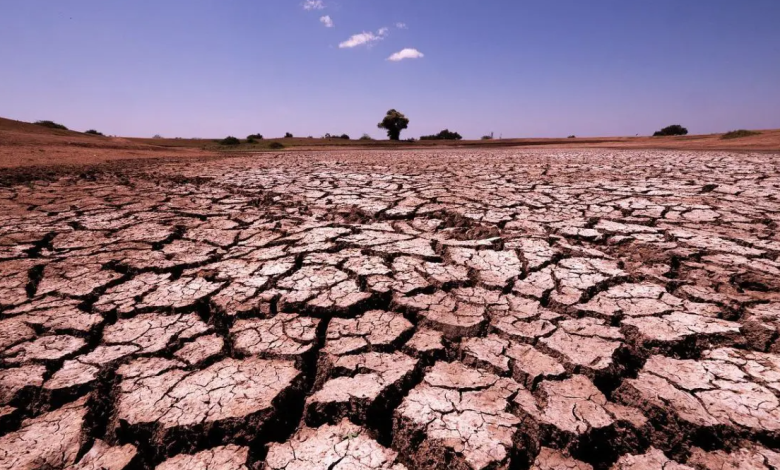Drought in Europe: what happens when climate change “inflates” the Azores High?

Winter rains in Europe depend on the Azores High
(Sustainabilityenvironment.com) – In the last 100 years the Azores High, on which depend to large extent rains and temperatures of Europe “has changed drastically” and this caused changes in the climate of the North Atlantic quadrant “unprecedented in the last millennium”. Changes have plunged many areas of the Iberian Peninsula, between Spain and Portugal, into the worst drought of the last 1200 years.
The anticyclone of the Azores is a ridge of persistently high atmospheric pressure on the North Atlantic, surrounded by anticyclonic winds that orient the meteorological systems carrying rain and modulate the transport of ocean moisture to Europe. The area extent of the anticyclone, therefore, affects rainfall throughout western Europe, especially during winter. A new study published in Nature Geoscience estimates that for about 200 years, in conjunction with the increase in greenhouse gases in the atmosphere, the system has begun to expand. Leading to drier conditions in Western Europe.
Read also Ok to the state of emergency for the drought for Italy
The expansion of the Bermuda Azores High reflects the increase in greenhouse gases. During the 20th century, in fact, there is a strong correlation between the rate of expansion (accelerated) and the growth of emissions. Comparing these data with the study of stalagmites from Portugal, the authors of the study verified that the expansion of the anticyclone corresponds to drier conditions during the winter in Western Europe.
“In the Iberian Peninsula there has been a strong annual drying up of 5-10 mm per decade throughout the second half of the 20th century, with a further 10-20% drop in winter rainfall expected by the end of the 21st century”, scientists calculate. These planned changes make agriculture in the Iberian region among the most vulnerable in Europe. “According to the projections, the olive-growing regions of southern Spain will suffer a 30% drop in production by 2100 and the wine-growing regions of the Iberian Peninsula will suffer a reduction in the area between 25% and 99% by 2050, due to severe water deficits that will make the land unsuitable for viticulture”, concludes the study.





